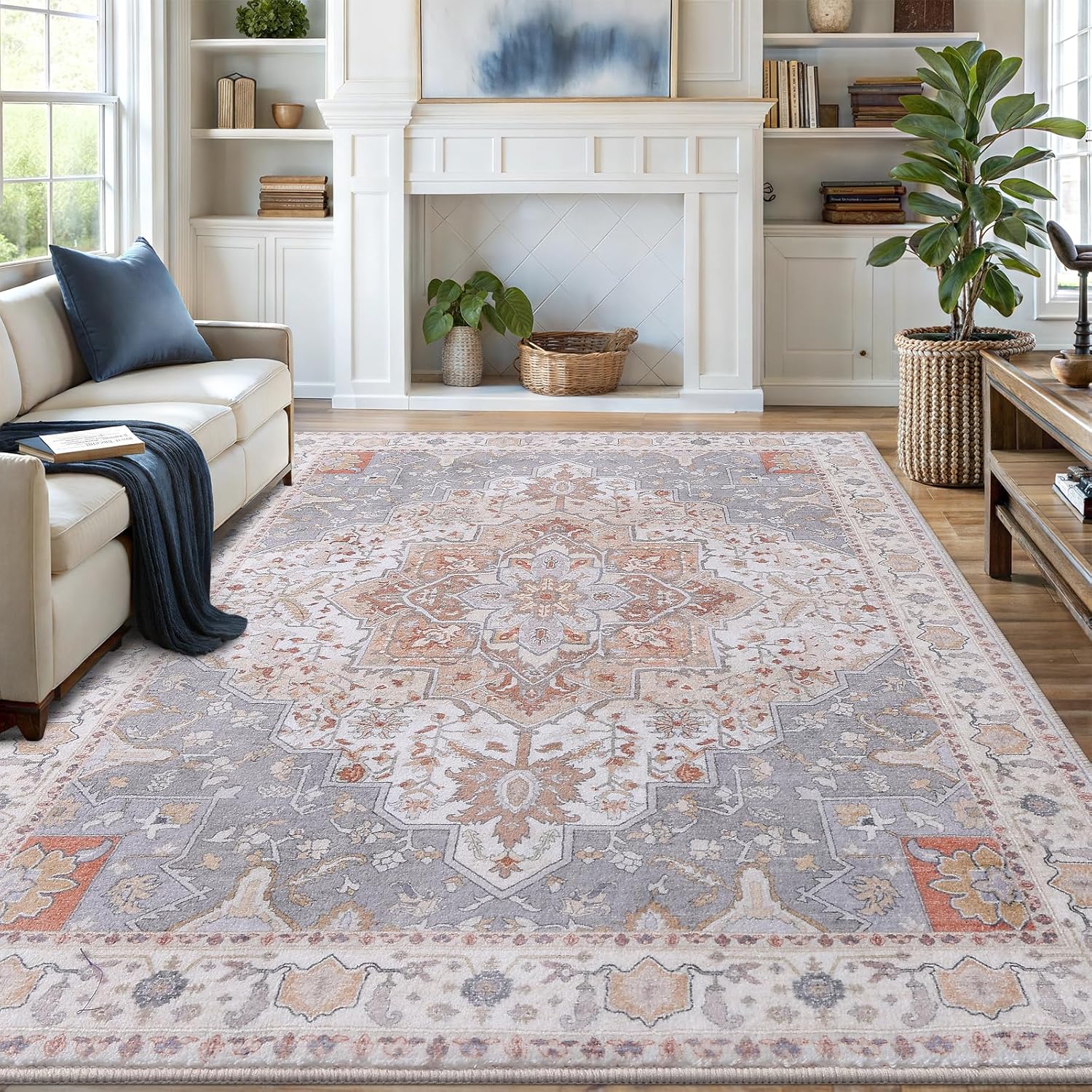It’s better to dust first to avoid resettling dust and debris onto surfaces after vacuuming, ensuring a more thorough cleaning process overall.
Cleaning your home efficiently requires strategy. The age-old debate of whether to dust or vacuum first has a clear winner according to cleaning experts. Here’s why the order matters and how to maximize your cleaning results.

Why Dusting Should Come First
Professional cleaners unanimously recommend dusting before vacuuming. This method follows the basic principle of cleaning from top to bottom, allowing gravity to work in your favor.
The Science Behind the Sequence
When you dust surfaces:
- 30-40% of particles become airborne
- 15-20% cling to your duster
- The remaining 40-55% fall to lower surfaces
Modern vacuums with HEPA filters can capture 99.97% of particles as small as 0.3 microns, making them ideal for final cleanup.

Step-by-Step Cleaning Process
1. Declutter First
Remove items from surfaces and floors to access all areas needing cleaning. Keep a trash bag and storage basket handy.
2. Dust From Top to Bottom
Follow this order for maximum efficiency:
- Ceilings and light fixtures
- Wall corners and ceiling fans
- Tall furniture tops
- Tables, shelves, and decor items
- Baseboards and furniture legs
3. Vacuum Strategically
After dusting, wait 15 minutes for airborne particles to settle. Then vacuum using these techniques:
| Floor Type | Vacuum Setting | Pattern |
|---|---|---|
| Carpet | Beater bar on | Grid pattern with overlap |
| Hardwood | Hard floor setting | Single direction |
Special Considerations
For Pet Owners
Homes with shedding pets may benefit from a quick pre-vacuum of high-traffic areas before dusting, followed by a thorough vacuum after dusting. The best vacuum for pet hair will have specialized attachments for furniture and corners.
For Allergy Sufferers
According to the American Academy of Allergy, Asthma & Immunology, dusting before vacuuming reduces airborne allergens by up to 60% compared to vacuuming first.
Tools That Make a Difference
The right equipment enhances your cleaning results:
- Microfiber dusters trap particles instead of scattering them
- HEPA-filter vacuums prevent particle recirculation
- Extendable dusters reach high ceilings and corners
For hard floors, consider pairing your vacuum with the best steam mop for tile floors for a complete clean.
Frequency Recommendations
How often you should clean depends on your home:
| Home Type | Dusting | Vacuuming |
|---|---|---|
| Average home | Weekly | 2-3 times weekly |
| Pet household | 2-3 times weekly | Daily |
| Allergy sufferers | 2-3 times weekly | Daily |
The EPA recommends more frequent cleaning for homes with children, pets, or allergy sufferers to maintain indoor air quality.
Common Mistakes to Avoid
- Using feather dusters that scatter particles
- Vacuuming without emptying the canister or changing the bag
- Neglecting to clean vacuum filters regularly
- Dusting after vacuuming (recontaminates clean floors)

